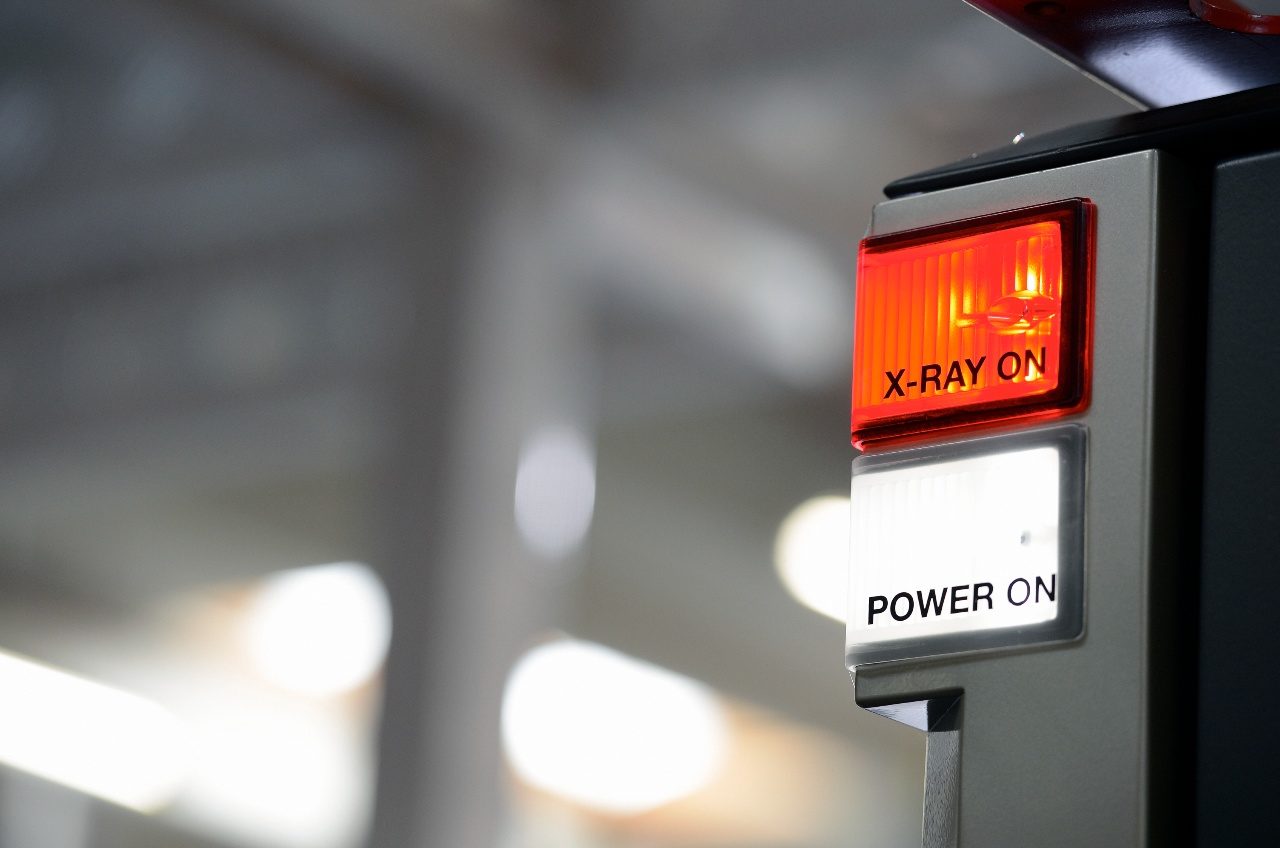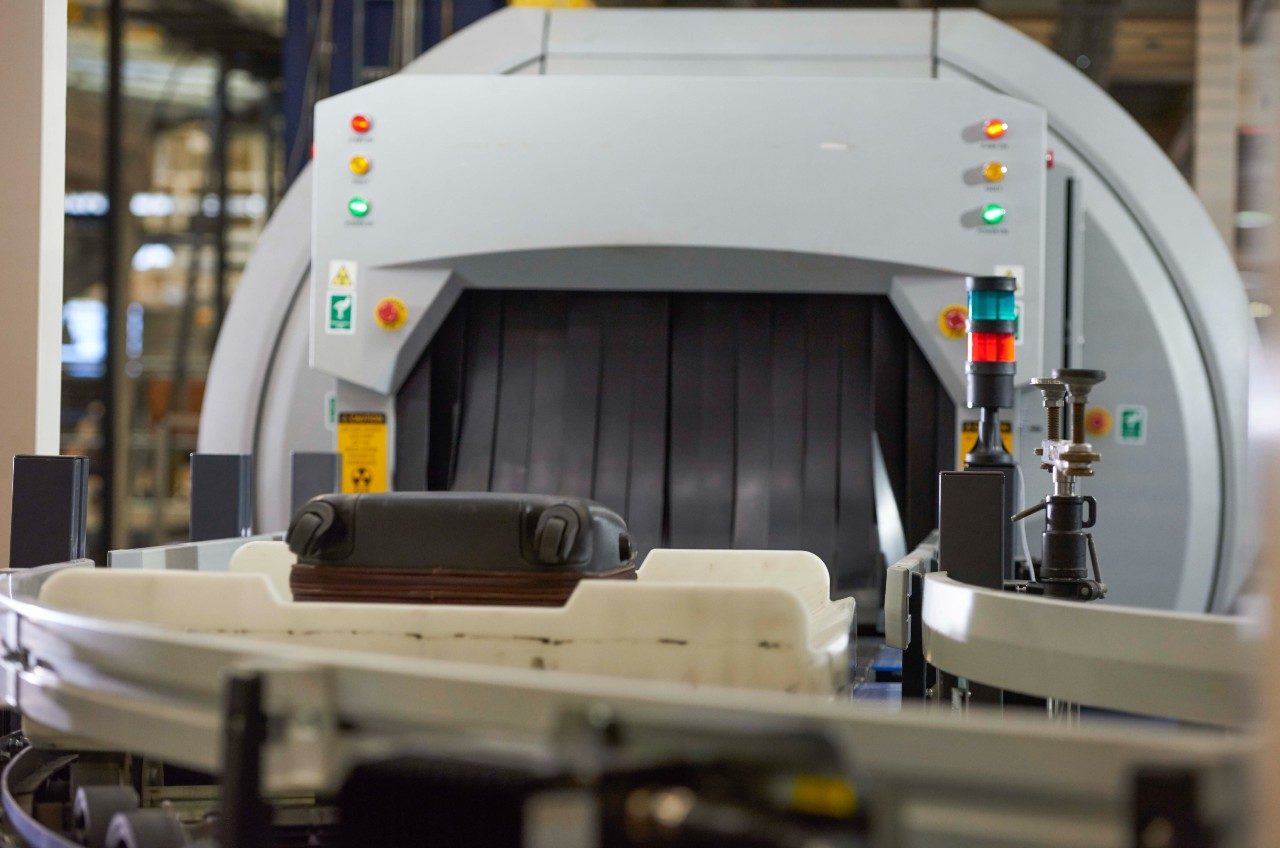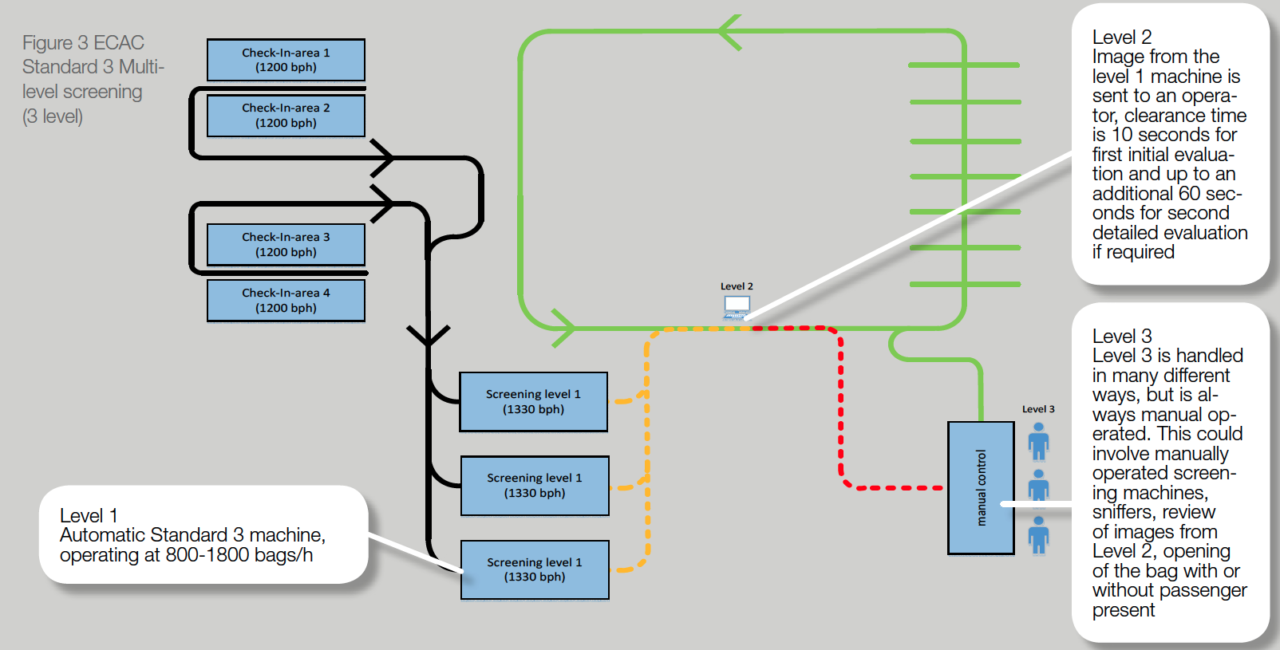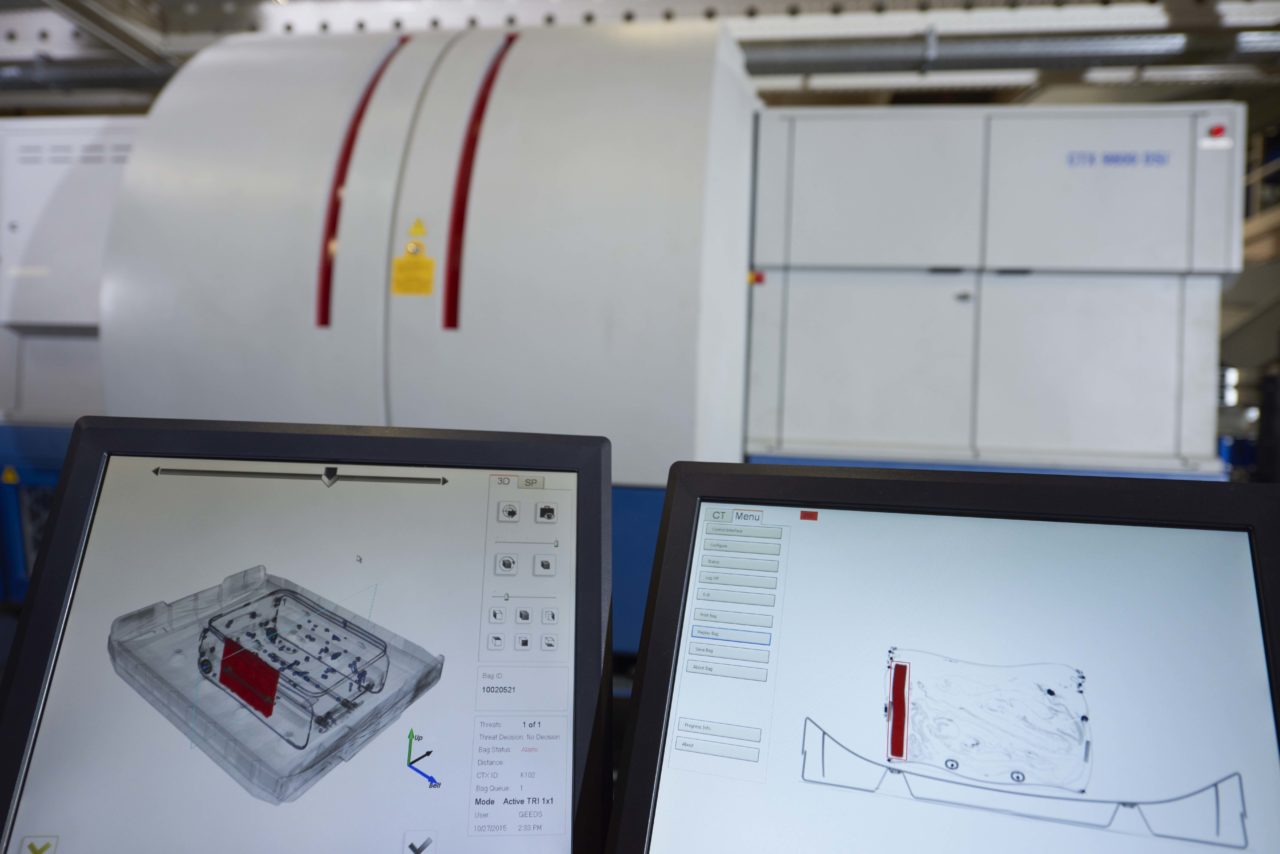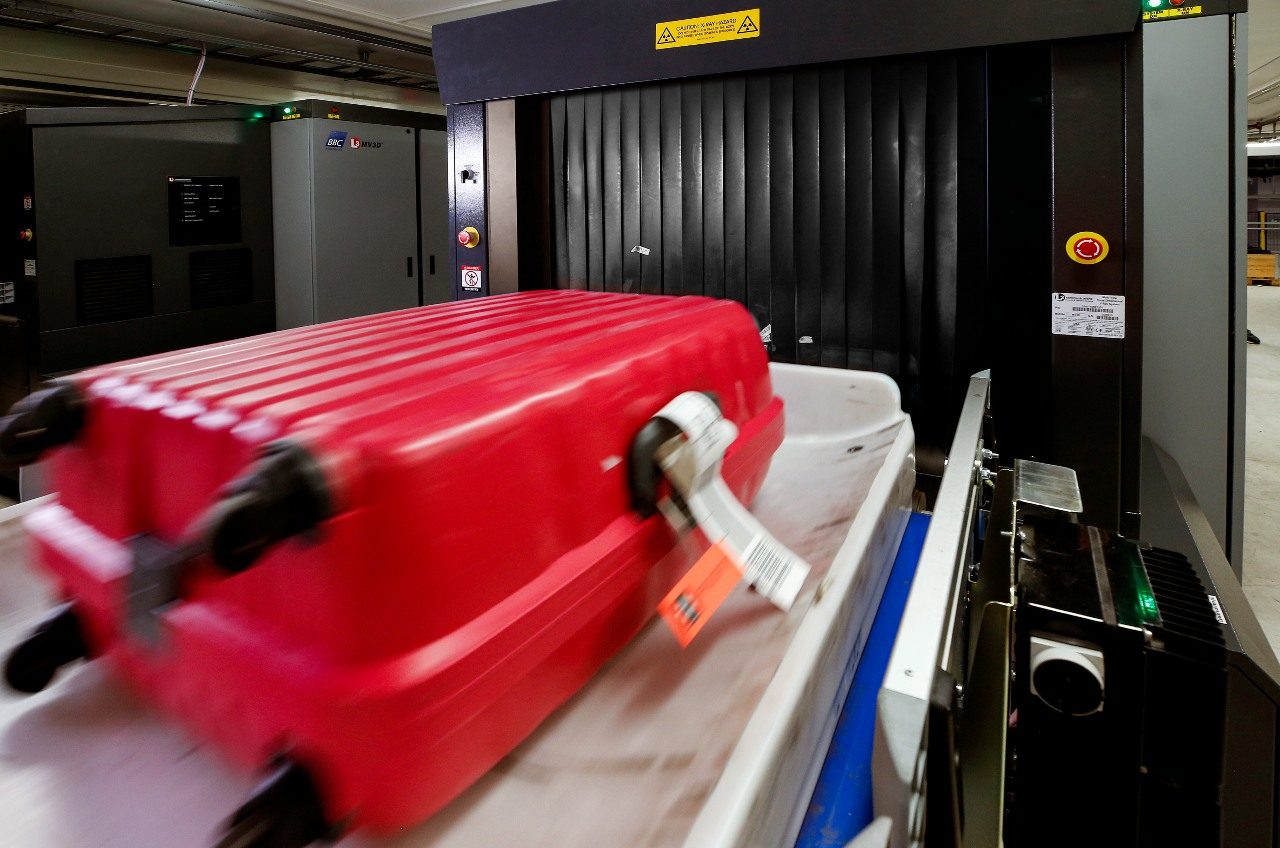Increase in security standards
Most updates to baggage screening processes are driven by a need to comply with international standards such as the European Civil Aviation Conference (ECAC) or the US TSA. Compliance with the latest ECAC Standard 3, which is very close to the TSA standards for baggage handling systems, increases the security levels provided by an airport.
Screen baggage faster and more cost effectively
The modern CT screening machine can produce a higher handling rate. It’s able to process up to 1,500 bags per hour, much the same as the traditional dual-energy x-ray machine. But while the traditional machine could clear about 70 percent of all bags, the CT technology can clear around 80 percent – that’s an extra 150 bags per hour!
Fewer machines required
Modern system design requires fewer screening machines and routes due to a new, simpler and more optimised BHS design. The combination of system design and handling rate means that fewer bags are sent for manual inspection. It also means that a smaller number of very costly machines are required. This not only helps the airport to keep the investment level at a reasonable level but also results in less maintenance and use of spare parts.
















